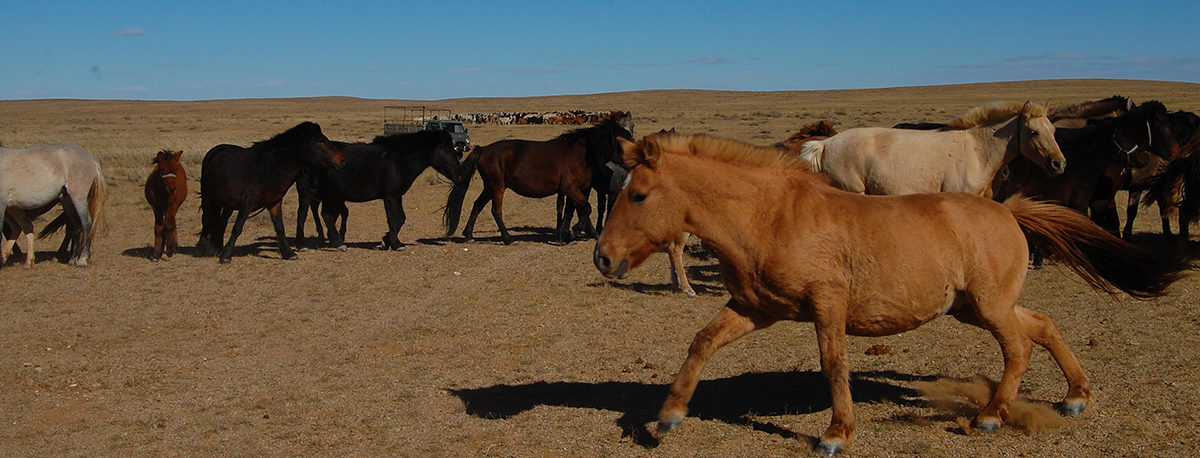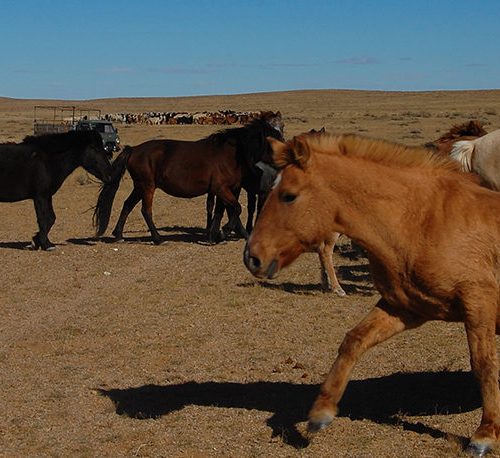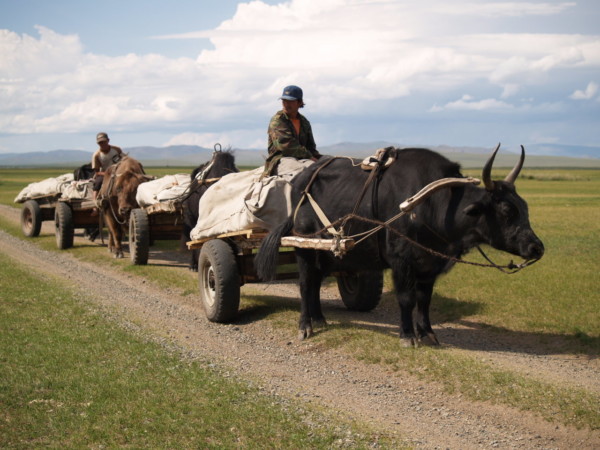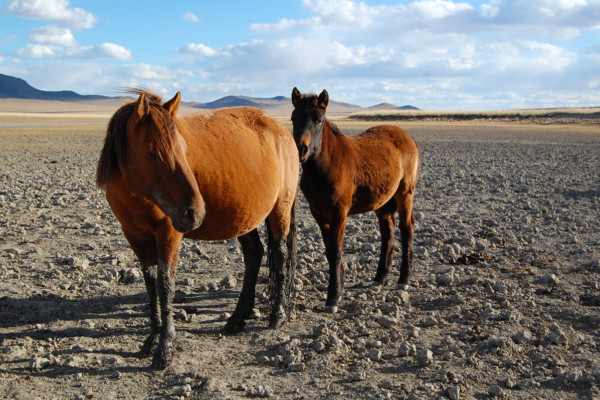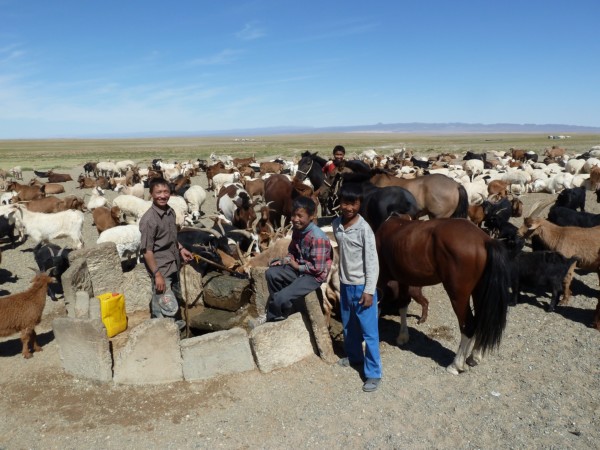You may also be interested in
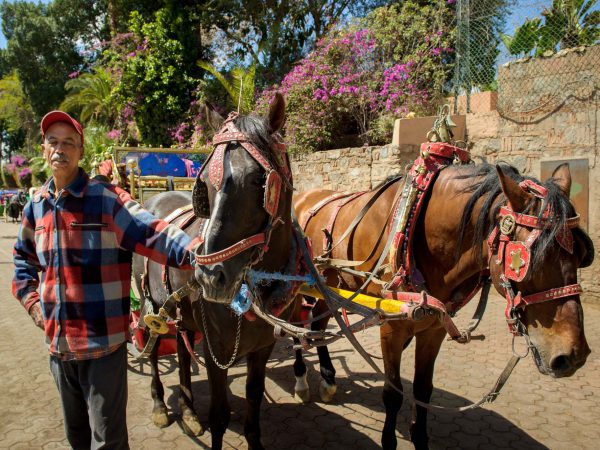
What are working horses?
Discover what working horses are, why they are so important and how SPANA is helping them.
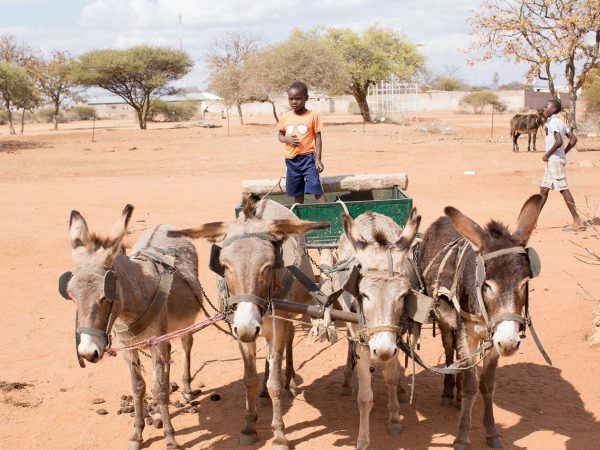
What are working donkeys?
Find out all about working donkeys, where they operate and why they're needed.
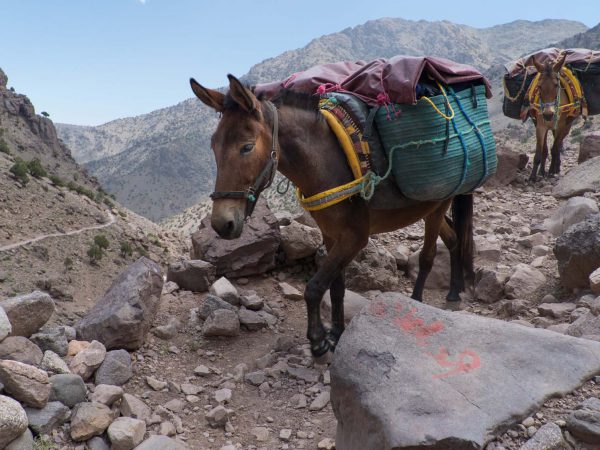
What is a mule? 13 things you didn’t know
Learn about the difference between a donkey and a mule and whether mules can reproduce.

What are working horses?
Discover what working horses are, why they are so important and how SPANA is helping them.

What are working donkeys?
Find out all about working donkeys, where they operate and why they're needed.

What is a mule? 13 things you didn’t know
Learn about the difference between a donkey and a mule and whether mules can reproduce.

